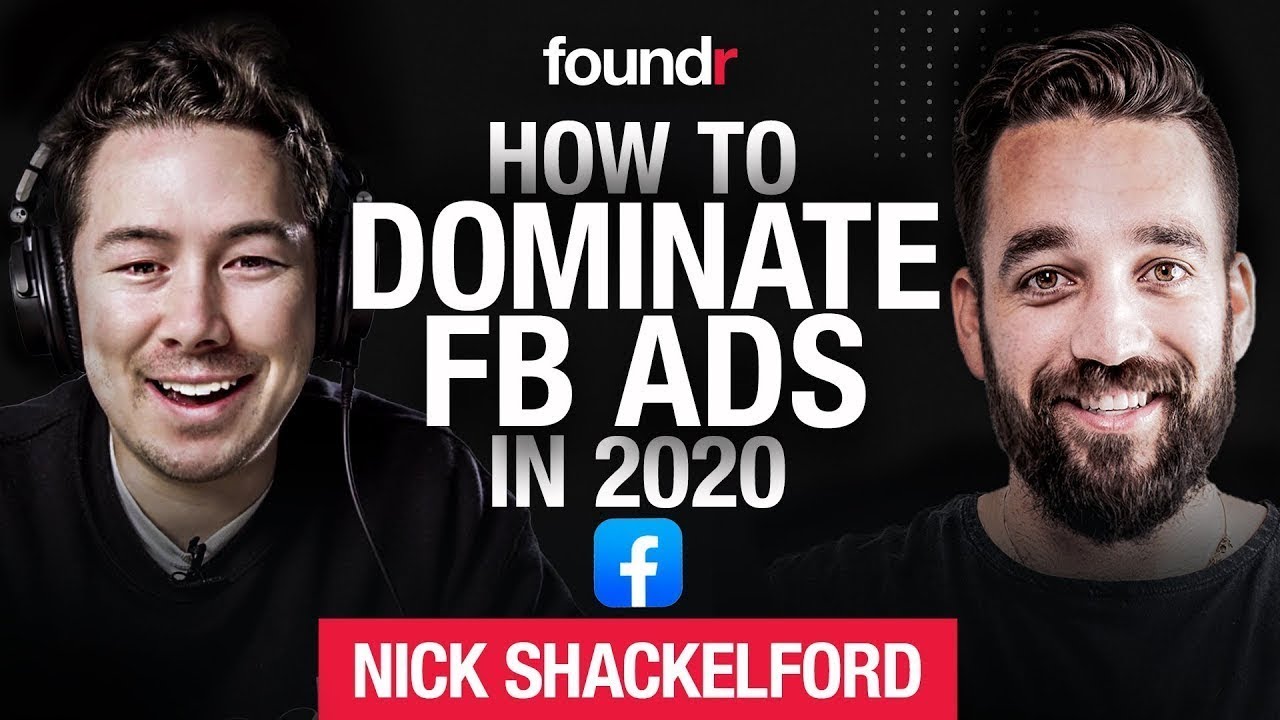Fireside Chat - Desi Hangover
Summary
TLDRIn this insightful interview, Omkar engages with the co-founder and COO of Disney Hangover, discussing the brand's inception and growth in a saturated footwear market. The conversation highlights the importance of leveraging India's craft heritage and the emotional connection consumers have with artisanal products. The company's strategic focus on quality and customer satisfaction has transformed Disney Hangover from a luxury to a necessity, with plans to expand into other artisanal categories while maintaining a commitment to sustainability and social impact.
Takeaways
- 😀 The co-founder and COO of Disney Hangover, Aga, shares the company's journey and insights in an interview.
- 🌟 Disney Hangover was founded with a vision to tap into the market opportunity for a footwear brand in an already crowded market.
- 🏰 Recognizing India's rich craft and culture, the founders saw a familiar product with an emotional connect but lacking appreciation due to an unstructured market.
- 🔍 Market research revealed a demand for a product that was both familiar and could be improved upon, leading to the identification of a competitive advantage.
- 🚀 Disney Hangover leveraged the first-mover advantage in the category and focused on creating everyday essentials with a unique Indian touch.
- 🎉 The brand's success was attributed to its ability to resonate with customers on an emotional level, providing a sense of pride and satisfaction through their purchases.
- 👣 Feedback from large-scale events indicated that customers valued the impact of their purchases on artisans, reinforcing the brand's social mission.
- 👟 The product transitioned from a luxury item to a need-based category, becoming a versatile part of customers' daily outfits.
- 🔄 The brand's approach to quality and status maintenance was crucial in retaining customers who were discerning about the brands they supported.
- 🌐 Disney Hangover's future goals include expanding into more artisanal product categories, aiming for global recognition and appreciation.
- 💚 Sustainability and social impact remain at the core of the business, with plans to scale and reinvent artisanal products to meet international standards.
Q & A
Who is the co-founder and chief operating officer of Disney Hangover being interviewed in the script?
-The co-founder and chief operating officer of Disney Hangover is Abba.
What is the primary focus of the interview with Abba from Disney Hangover?
-The primary focus of the interview is to discuss the story of Disney Hangover, its market opportunity, brand positioning, and customer needs.
What market opportunity did Disney Hangover identify for its footwear brand in a crowded market?
-Disney Hangover identified an opportunity in the Indian craft and culture segment, which was unstructured and lacked appreciation, allowing them to create a product that resonated with the Indian audience's familiarity and emotional connection to the craft.
How did Disney Hangover approach the challenge of educating customers about their product in an overcrowded market?
-Disney Hangover leveraged the familiarity and emotional connection of the Indian audience with the craft segment, which reduced the need for extensive product education and allowed them to focus on product quality and innovation.
What was the starting point for Disney Hangover in realizing that their brand was filling a customer need?
-The starting point was during real-time sales and customer interactions, particularly at large events, where they received feedback that customers felt a sense of pride and satisfaction in supporting artisans through their purchases.
How did Disney Hangover's customers perceive the brand's footwear as a need-to-have rather than a luxury item?
-Customers began to see the value and versatility of Disney Hangover's footwear as it transitioned from a special occasion item to a part of their daily outfits, serving multiple needs with one product.
What was the impact of Disney Hangover's product on the artisans involved in its creation?
-The product created a direct impact on the artisans' lives, as customer purchases contributed to their livelihood, giving customers a sense of pride and satisfaction in their conscious buying decisions.
How did Disney Hangover's focus on quality and status quo contribute to its brand positioning?
-By maintaining high quality and status, Disney Hangover was able to appeal to customers who were brand-conscious and sought products that met their expectations for quality, durability, and real-time application.
What challenges did Disney Hangover face in terms of customer lifetime value due to the versatility of their product?
-The versatility of Disney Hangover's footwear, serving multiple needs, potentially compromised the customer lifetime value as customers might not feel the need to purchase more than one pair, limiting their cart value.
What are Disney Hangover's future goals for the next three years, as mentioned by Abba?
-Disney Hangover aims to focus on sustainability and social impact, bringing different categories of artisanal products to global standards and giving them international recognition.
How does Abba view the role of customer referrals in Disney Hangover's growth strategy?
-Abba acknowledges the strong customer referrals as a key factor in Disney Hangover's growth, especially considering the high quality and the emotional connection customers have with the brand.
Outlines

This section is available to paid users only. Please upgrade to access this part.
Upgrade NowMindmap

This section is available to paid users only. Please upgrade to access this part.
Upgrade NowKeywords

This section is available to paid users only. Please upgrade to access this part.
Upgrade NowHighlights

This section is available to paid users only. Please upgrade to access this part.
Upgrade NowTranscripts

This section is available to paid users only. Please upgrade to access this part.
Upgrade NowBrowse More Related Video

Everything I've Learned Spending $100M on Facebook Ads | Nick Shackelford Interview

The Industrialist's Dilemma: Patrick Collison, CEO of Stripe

Bisnis Kos-kosan Di Era Digital. THE INSIDER with Anggit, CEO & Co-founder Mamikos.

Fireside chat - the Inzpira Case Study

Assignment 3 Enterprenureship

The Rise and Fall of Netflix (Investors Are Suing)
5.0 / 5 (0 votes)